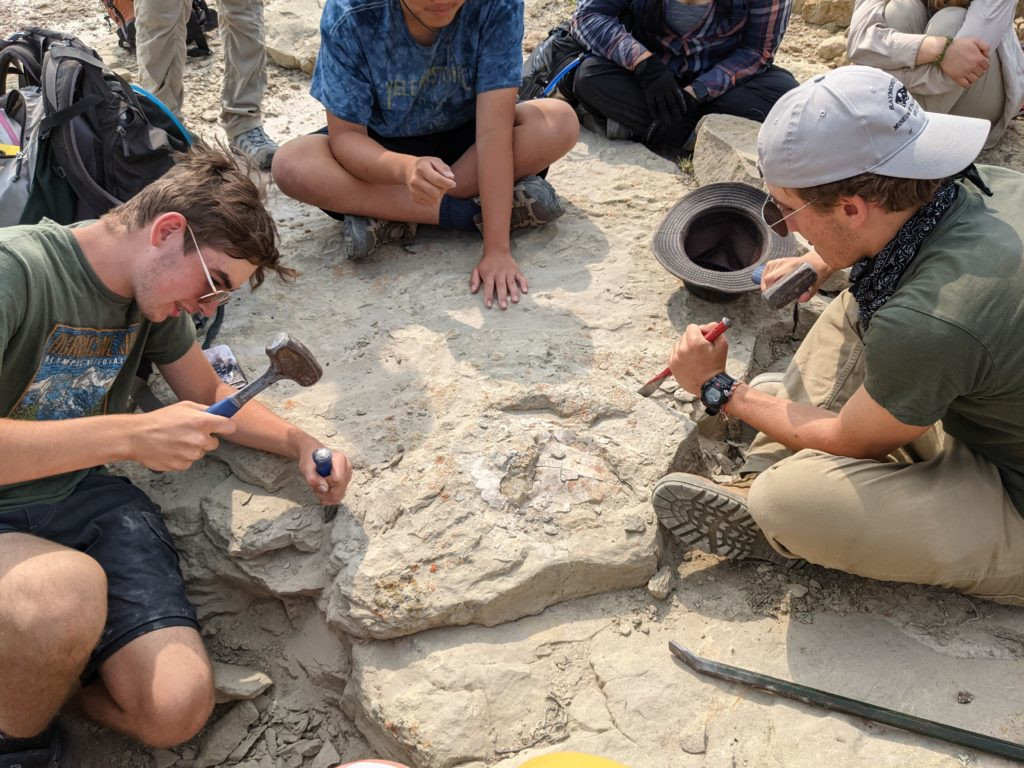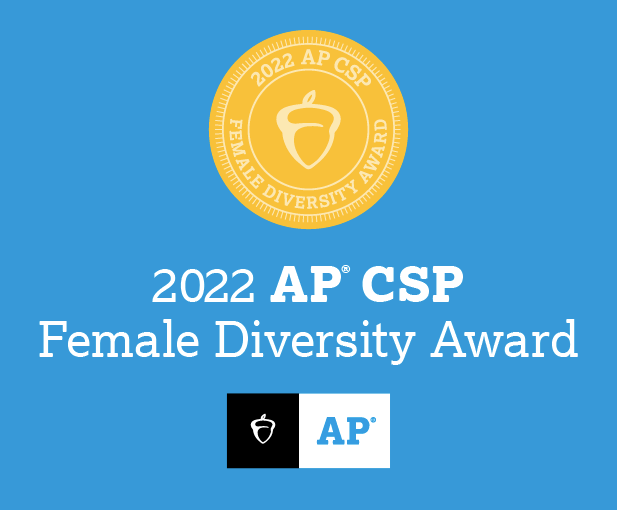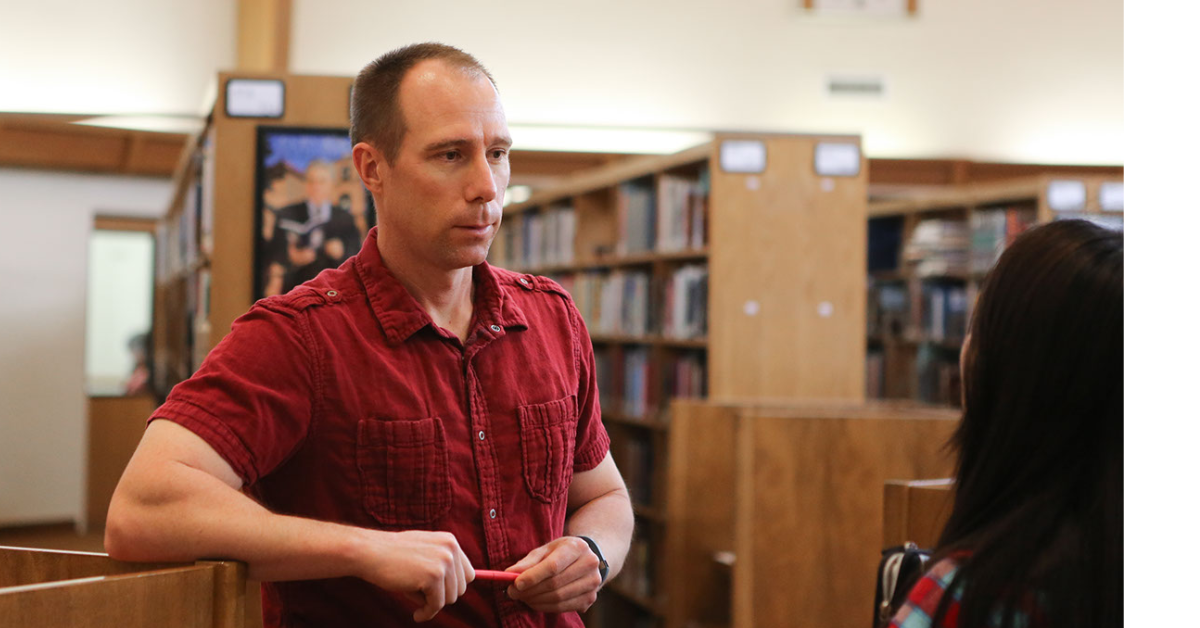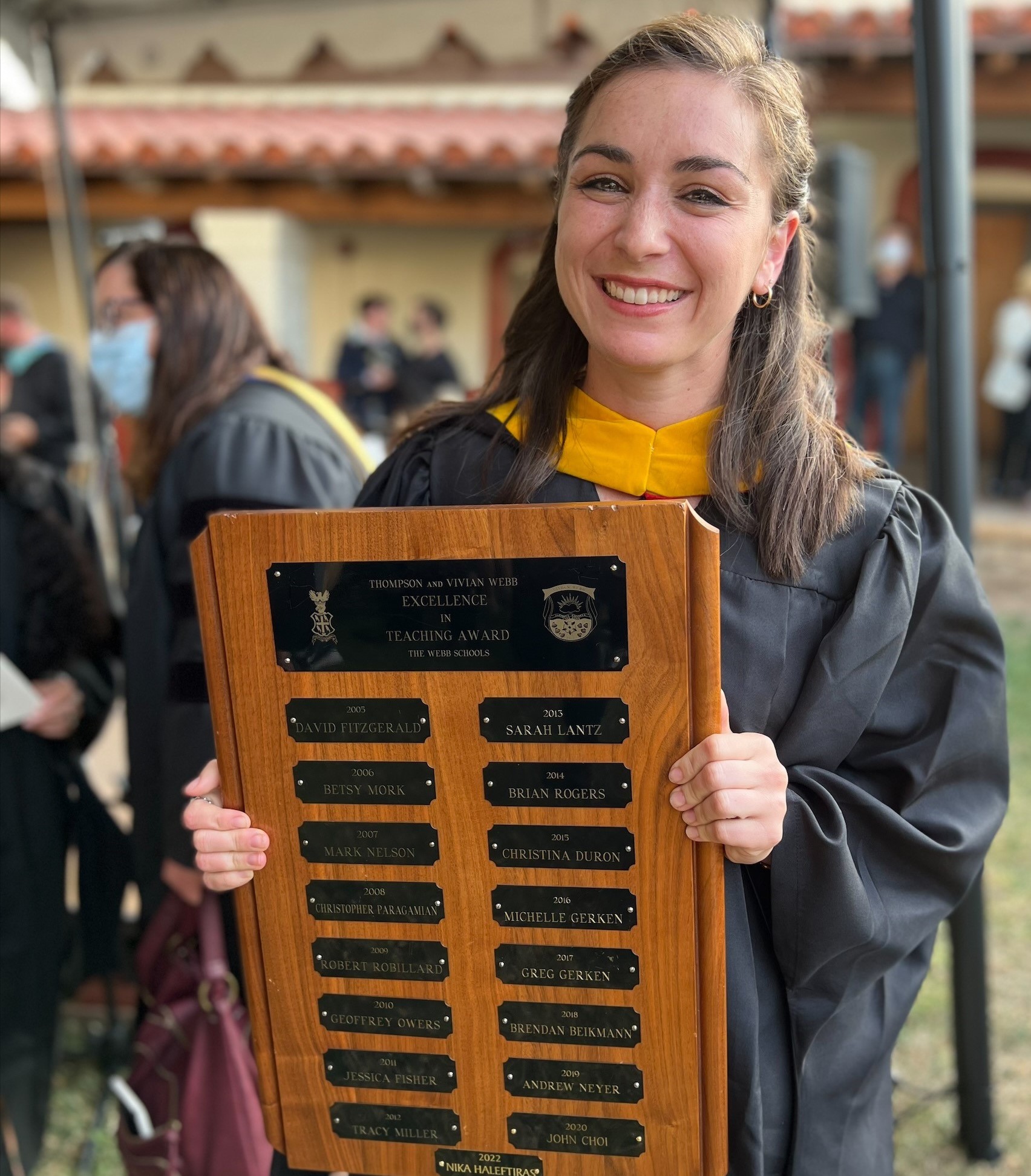Peccary Trip Nets ‘Incredible Haul’ of Fossils
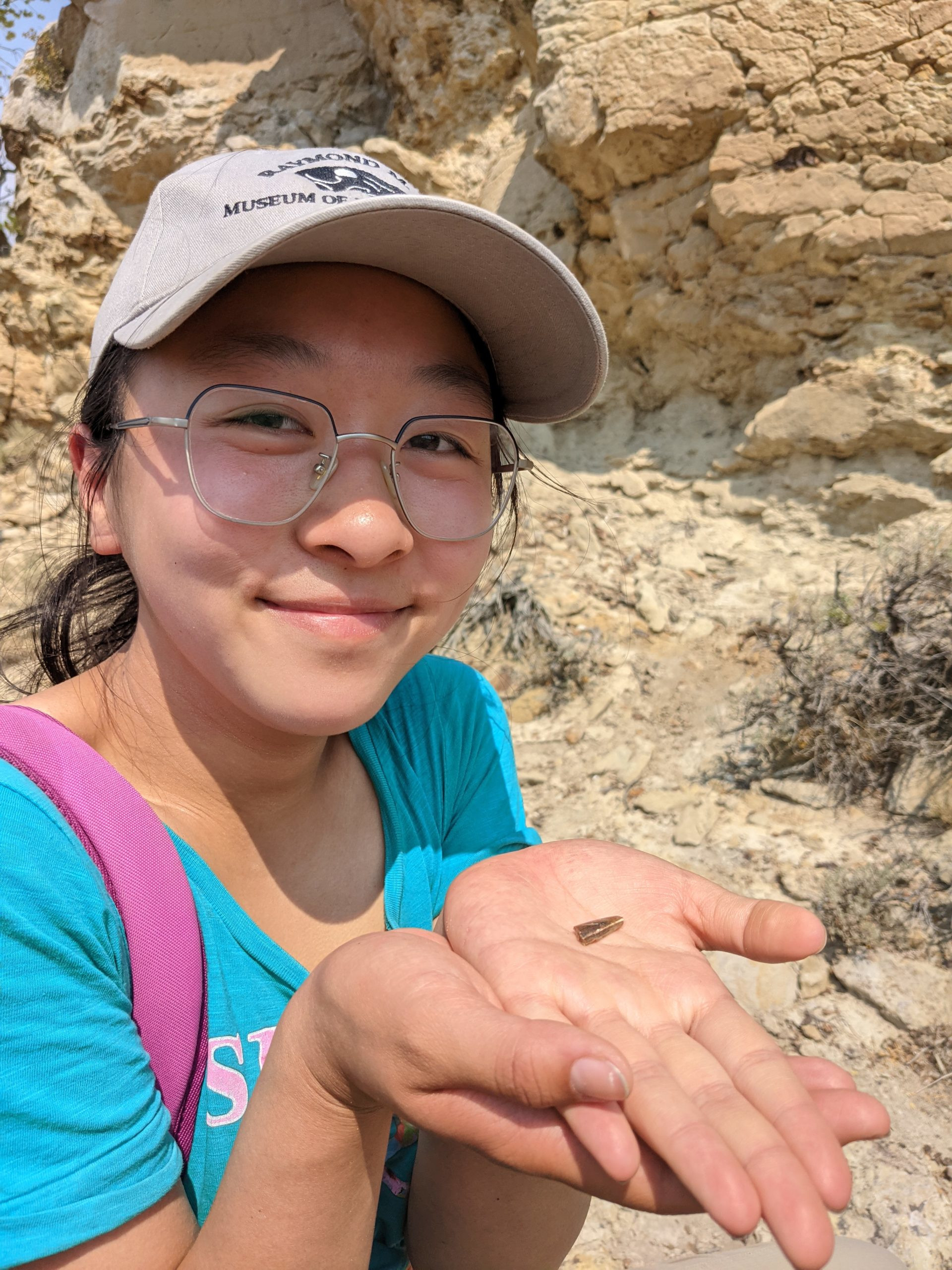
Students from The Webb Schools and scientists from the Raymond M. Alf Museum of Paleontology unearthed more than 1,000 rare Mesozoic fossil finds this summer while studying previously unexplored regions of Wyoming.
“We had an incredible haul,” said Dr. Andrew Farke, director of the Alf Museum. “It was amazing to be there for that moment of fossil discovery by our students, who brought such high levels of enthusiasm and excitement to the trip.”
Discoveries included a 50-lb. extinct turtle that the team worked together to lug from the dig site, bones and teeth from dinosaurs, sharks and mammals, and other microfossils, all dating from the end of the Cretaceous Period, between 66 million and 90 million years ago.
The Alf Museum, located at The Webb Schools, is the only accredited paleontological museum on a high school campus.
The trip – known as a Peccary Trip in honor of the first new species discovered by Webb students – ran from July 25 to Aug. 7. It featured a trek to Yellowstone National Park, the Wyoming Dinosaur Center and several fieldwork sites.
Peccary Trips are a core part of the museum’s program, which centers on student-led fieldwork and research. The museum’s collection of more than 195,000 fossils is driven by student excavations. The 2021 trip was the Alf Museum’s second to explore Wyoming’s Mesaverde and Meeteetse formations, areas that have received comparatively little attention from paleontologists.
“For some of these areas, we are the first research team ever to explore them,” Farke said. “Because of the exposure of the rocks, they are not as richly packed with fossils as others. You’ve got to work make discoveries, but when you find fossils, they are really scientifically important.”
Farke said the trip included a mix of students from Vivian Webb School, The Webb School of California, experienced fossil hunters and novices.
Senior Yvonne Kan, who was on her fourth Peccary Trip, said she was thrilled to discover a tyrannosaur tooth.
“I was getting sad that I wasn’t finding anything, and I was picking up bone fragments and I saw the shiny outside of the tyrannosaur tooth,” she said. “I learned it is probably the first tyrannosaur tooth found from that location. It was super exciting.”
Kan, who is working as a collections assistant at the Alf Museum this summer, also enjoyed digging into ant hills to find microfossils.
“The ants gather tiny fossils and rocks to build their nests, so they had already done the really difficult work of bringing all these little fossils to one location. I like finding the big fossils – that’s really cool – but I also really love finding really tiny stuff that you have to look through a microscope to find,” she said.
The fossils have been brought back to the Alf Museum, where they will be cleaned in the prep lab by Kan and other staff members, volunteers and students in Webb’s after-school paleo program. The finds will be studied by Webb honors and advanced paleontology students, who regularly publish their conclusions in peer-reviewed journals.
“This is not just an important educational experience, but the fossils also contribute to the global scientific community’s body of knowledge about our planet’s history,” Farke said.
Students were supported by Alf Museum scientists and Webb faculty, staff, parents and alumni. The museum worked with Bureau of Land Management, Wyoming, to ensure all work was appropriately permitted.
